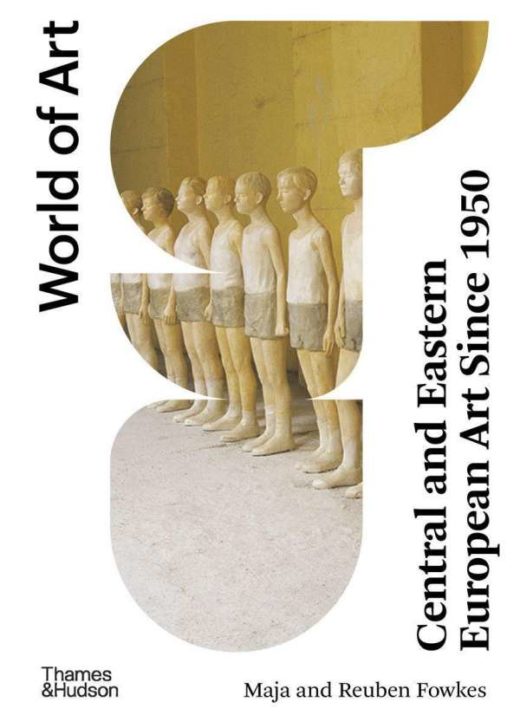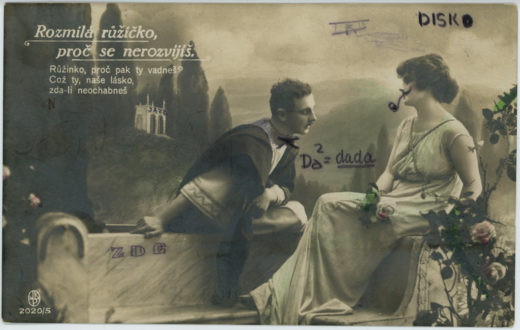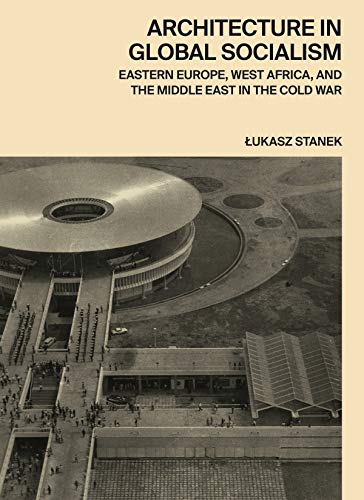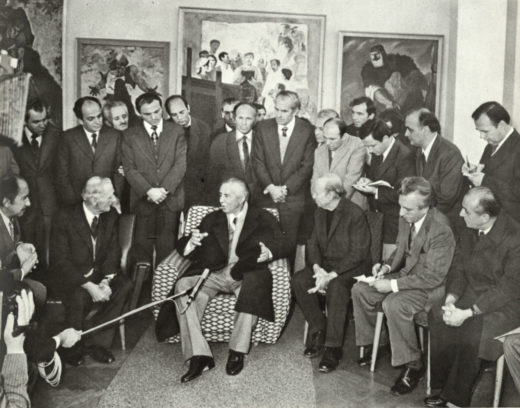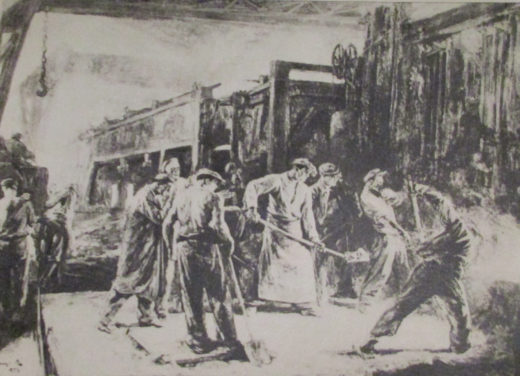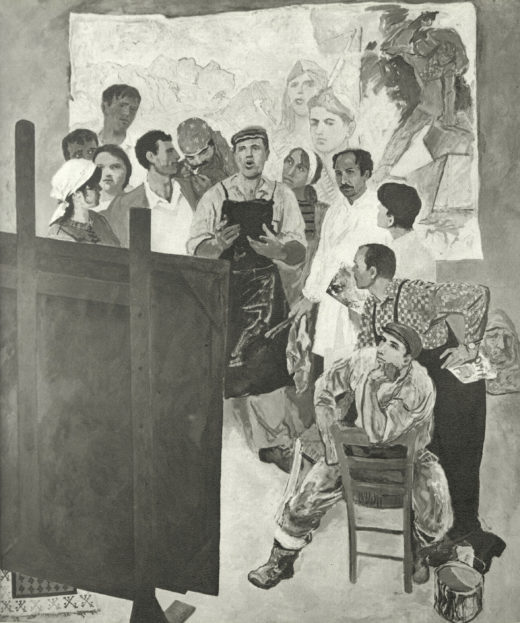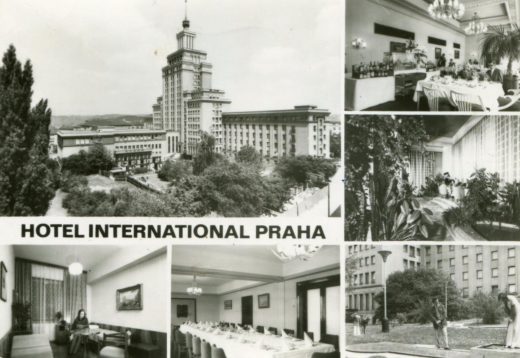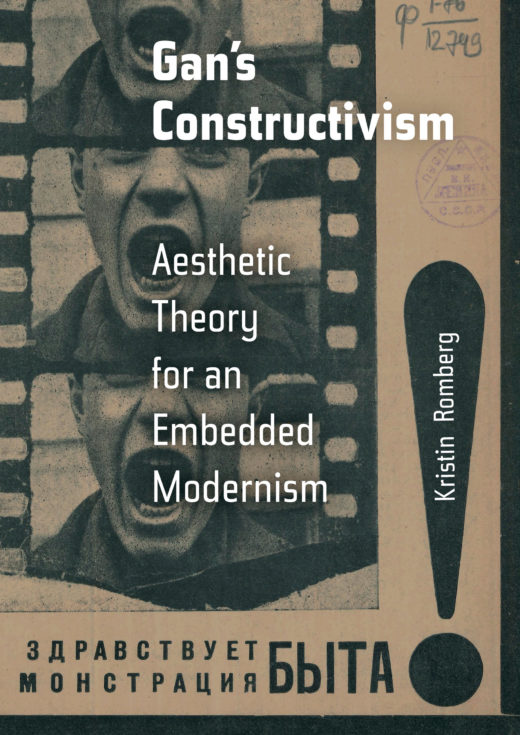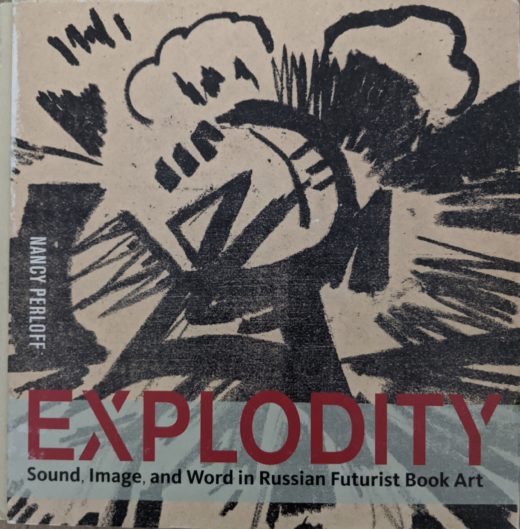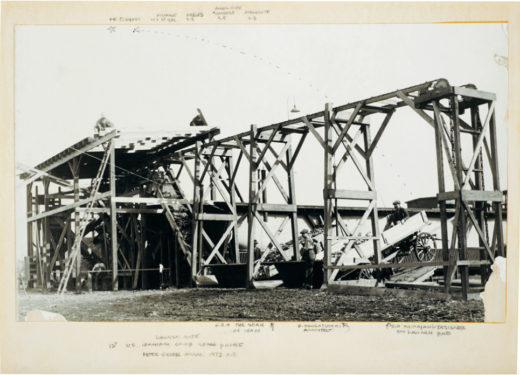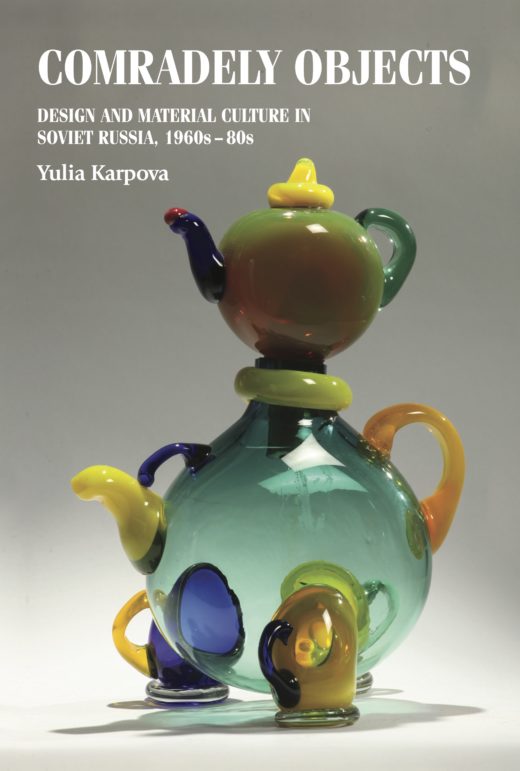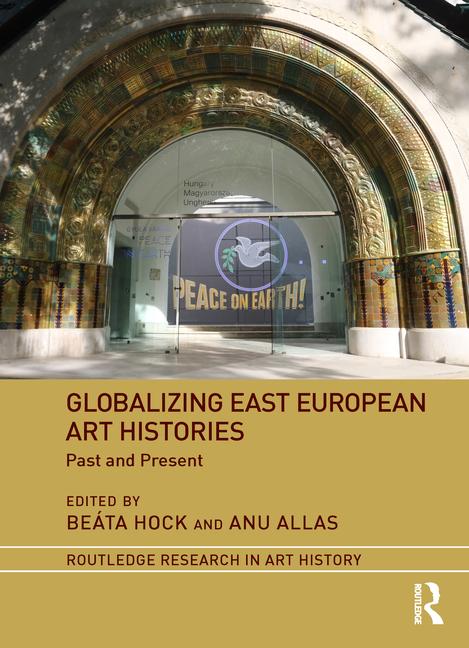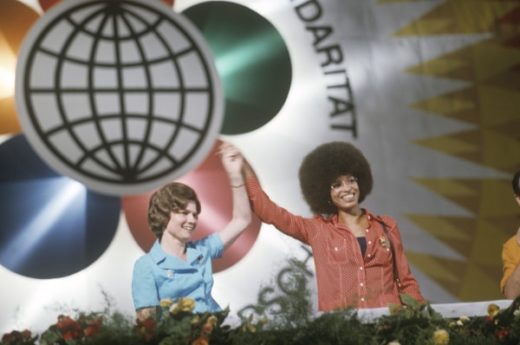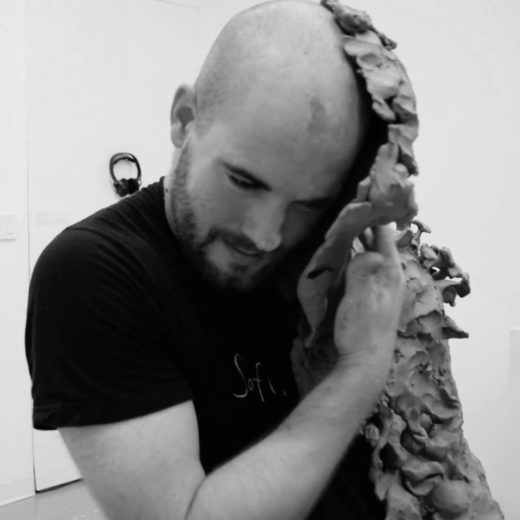Central and Eastern European Art since 1950
Maja and Reuben Fowkes, Central and Eastern European Art since 1950 (London: Thames and Hudson, 2020), 232 pp.
When Piotr Piotrowski published his now-famous art historical surveys In the Shadow of Yalta. Art and the Avant-Garde in Eastern Europe 1945-1989 and Art and Democracy in Post-Communist Europe, the art of the region was only superficially known to broader audiences. It was mostly presented in group or solo exhibitions, and via several monographic studies, and it never acquired the kind of celebrity that ”non-conformist” art from the former Soviet Union enjoyed. In line with other theorists focused on post-colonial … Read more

